GALLATIN, Tennessee – During the nMotion Plan Update meeting for Sumner County held last month, Metropolitan Transit Authority (MTA) and Regional Transit Authority (RTA) CEO Steve Bland spoke to a short slide presentation that included, among others, one titled “Projected Traffic Congestion.”
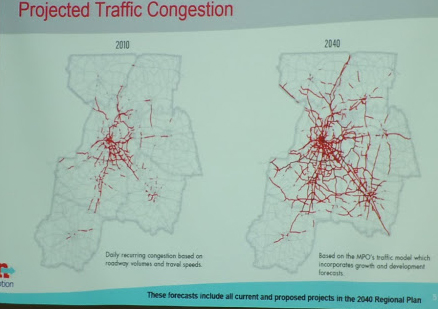 The slide includes two maps, shown here, using red to highlight the “daily recurring congested” areas within middle Tennessee. The map on the left, portraying the current situation for daily recurring congested areas, is described as being “based on roadway volumes and travel speeds” and reflects what middle Tennesseans are painfully aware as locations for commuter traffic delays.
The slide includes two maps, shown here, using red to highlight the “daily recurring congested” areas within middle Tennessee. The map on the left, portraying the current situation for daily recurring congested areas, is described as being “based on roadway volumes and travel speeds” and reflects what middle Tennesseans are painfully aware as locations for commuter traffic delays.
Comparatively, the map on the right dated 2040 is captioned, “Based on the MPO’s (Metropolitan Planning Organization’s) traffic model which incorporates growth and development forecasts,” after an additional one million people are expected to migrate to the Nashville area over the next twenty-plus years.
Shockingly, the projected congested areas in 2040 is after a whopping $8 billion is spent on transit and other improvements, according to Steve Bland. Indeed, the slide is subtitled, “These forecasts include all current and proposed projects in the 2040 Regional Plan.”
Bland, who dubbed the information “the slide of doom,” did not elaborate on the specific projects that would be completed for the $8 billion and has not responded to requests for additional information.
In September 2016, the RTA approved the nMotion Transit Plan, which includes a combination of light rail, bus rapid transit (BRT), rapid bus, regional rapid bus and other service improvements, implemented over a period of 25 years throughout the middle Tennessee area, with a stated estimated cost of $6 billion.
Governor Haslam’s IMPROVE Act, with its gas and diesel tax hikes as well as motor vehicle registration fee increases, is expected to raise revenues for transportation in excess of $300 million per year. And, while the gas tax increase as a “user fee” was promoted as the only appropriate way to fund roads, of the seven uses for the revenues derived from the IMPROVE Act’s imposed tax and fee increases, two of them are related to transit.
From Section 23 of Public Chapter No. 181 for House Bill 534, which amends Tennessee Code Annotated, Title 67, Chapter 3, Part 9 (TCA 67-3-9) by adding sections:
67-3-912. Use of Funds Generated by 2017 Increases
(a) (4) Support local government investment in transit programs to improve regional transit services across the state and help manage congestion along major highways;
(a) (5) Assist rural transit providers in improving the efficiency of demand response services;
Of significant note, “fund the development and construction of the projects listed in subsection (b)” appears last in the list of 7 uses for the additional revenues, referring to the 962 projects in all 95 counties, which was touted as the sole need for and beneficiary of the IMPROVE Act’s fuel tax and fee increases.
Another provision of the IMPROVE Act allows counties with a population in excess of 112,000 which is currently Blount, Davidson, Hamilton, Knox, Montgomery, Rutherford, Shelby, Sullivan, Sumner, Washington, Williamson and Wilson and cities with a population in excess of 165,000 which is currently Chattanooga, Knoxville, Memphis and Nashville, to increase six existing taxes to raise funds for transit. The taxes eligible for increase are local option sales tax, business tax, motor vehicle tax, local rental car tax, hotel/tourist accommodation tax, and residential development tax.
The IMPROVE Act requires that each county develop its own plan that includes not only the transit plan itself, but how it will be funded, then put it to referendum for the citizens to approve.
An element not required by the IMPROVE Act, but should be made available to citizens in the plan they will be expected to fund and presented to them to vote on through referendum, is the forecasted improvement in the local traffic congestion. Although, the point may be moot, as MTA/RTA CEO Steve Bland conceded, “Transit will not fix traffic problems.”

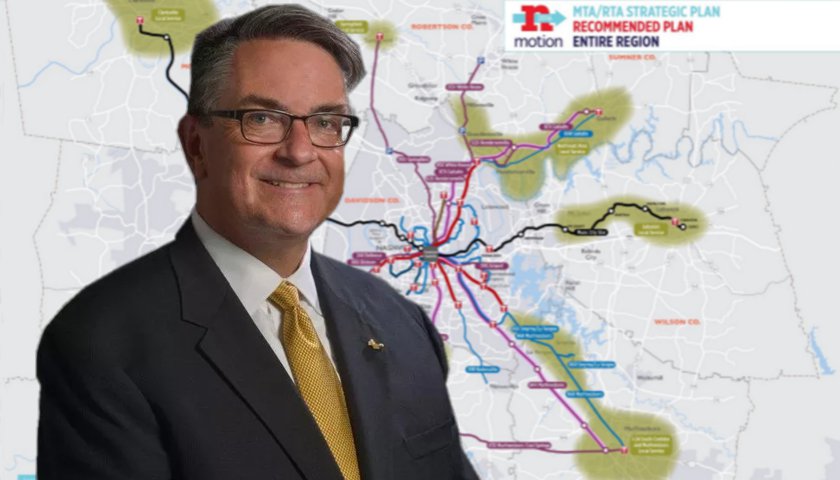

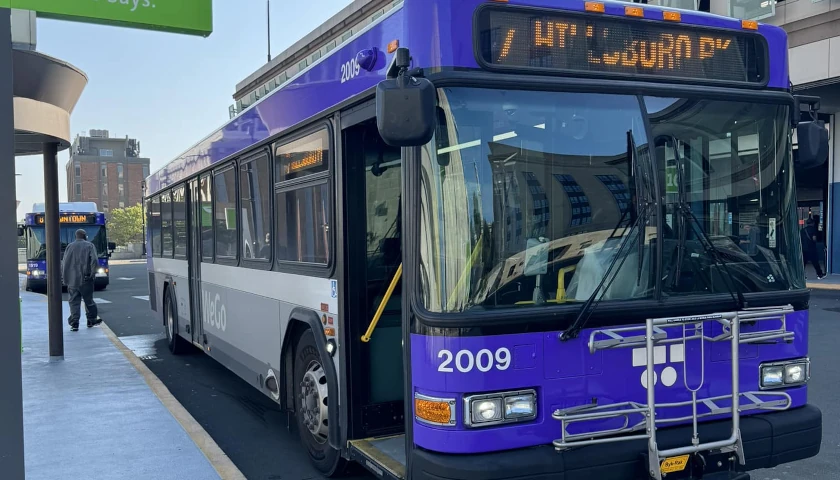
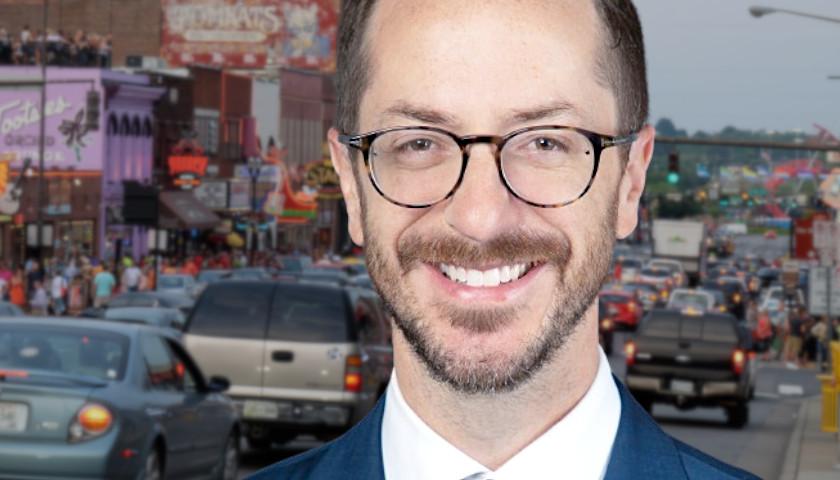
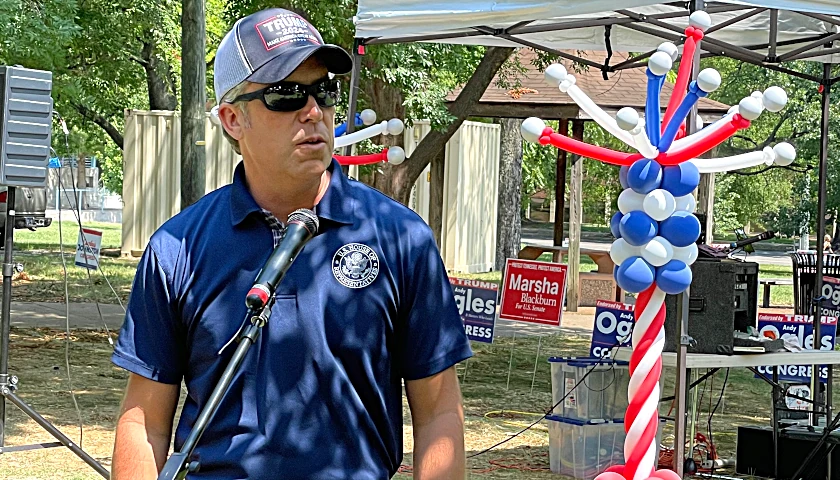
[…] at a time when MTA/RTA CEO Steve Bland has been making presentations regarding the expansion of public transportation throughout middle Tennessee as approved by the MTA Board of Directors in the $6 billion nMotion […]
No amount of mass transit will solve the traffic congestion in a major metropolitan region. Please educate me and name a region where mass transit has proven a success if you can. Blowing a bunch of MY money on an already known failure is not something that I want. What is the purpose of Nashville’s leadership in trying to promote out of control growth when they know it is going to create problems for which there is no solution? Glory? Power? National recognition? Maybe more tax revenue?!! I would argue that NOT building a mass transit system would work as a throttle for controlling outlandish growth and pain.